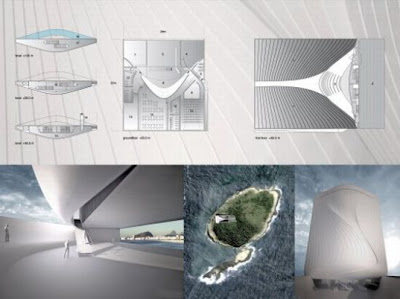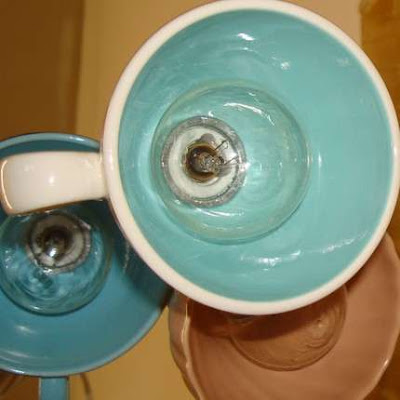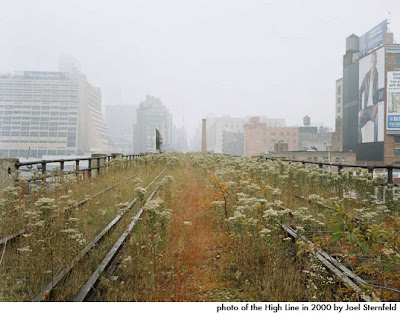Milan designers Gabriele and Oscar Buratti have collaborated with bathroom brand Roca to create a combined toilet and wash basin, where waste water from the sink is used to fill the toilet cistern.
Called W+W, the design filters and stores waste water from the basin and uses it to fill the cistern of the toilet.
Users can divert waste water from the basin into a reservoir or the mains waste, depending on what it has been used for.
If the reservoir is empty, the toilet cistern can be filled from mains water.
The information below is from Roca:
--------------------------------------------------------------------------------
W+W – GROUND BREAKING DESIGN FROM ROCA
Created by the Roca Innovation Lab. together with the designers Gabriele and Oscar Buratti, W+W is a truly exciting new product revelation from Roca.
The washbasin and WC are two essential elements in every single bathroom. Highlighting its commitment to design and innovation, Roca has combined these two elements to create W+W – an all-in-one washbasin and WC made from vitreous china, designed to maximise space and conserve water. This ground breaking idea, incorporating Roca’s new ‘water-reuse’ technology, uses waste water from the basin to fill the WC cistern, thereby reducing water usage by up to 25% compared to a standard 6/3 litre dual-flush WC.
The basin in W+W has two wastes – the basin waste and one further down the waste pipe. Once the basin has been used and filled with water, the user has the option of either diverting it to the mains (e.g. if the basin is being used for shaving, or brushing teeth), or recycling it by storing it in the cistern ready for the next flush.

When the grey water is selected to be reused, it is stopped from flowing out to the mains at the secondary waste and diverted to fill up the cistern, at which point it automatically passes through a double filtration system. In order to eliminate bacteria and odours, this system filters particle debris as well as chemically treating the grey water before storing it to flush the WC. Once the water has been filtered and treated, it is then stored in the grey water reservoir and used to fill the cistern as required. The reservoir holds up to 4 litres of water, and there is an overflow so that if it gets too full any excess grey water will be discarded via the main waste outlet. In addition, if for any reason there isn’t any grey water stored in the reservoir, for example if the basin hasn’t been used, the float will recognise this and trigger the inlet to fill the cistern from the mains.

In addition, W+W is fitted with the Singles-Pro tap which further enhances its environmental credentials. Singles-Pro features a progressive cartridge which means control always starts the flow with cold water and as you continually turn the control the flow changes to a mix of hot and cold, ending the turn with hot water. This means that heating systems are not fired up unnecessarily, thereby saving energy. Singles-Pro also includes a flow limiter which restricts the water flow to a maximum of 9 litres per minute.
Through W+W Roca has created a unique product that combines functionality, sustainability and aesthetic design which consolidates the brand’s global leadership in bathroom solutions. W+W (approx. £2,703) will be available to buy in the UK from January 2010. The Singles-Pro tap (included with the W+W) can also be purchased separately and is currently retailed for approx. £260

















































